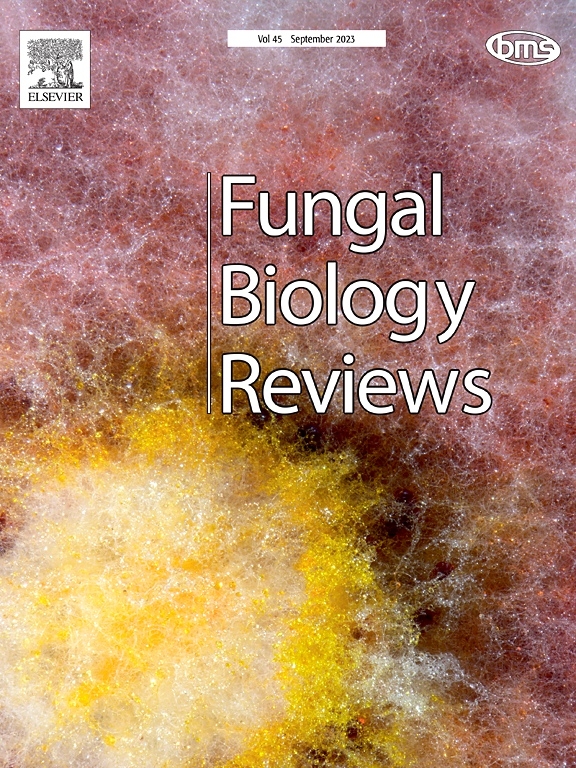CRISPR/Cas9-mediated gene editing in filamentous fungi, focusing on mushrooms and plant-pathogenic fungi
IF 4.6
2区 生物学
Q1 MYCOLOGY
引用次数: 0
Abstract
CRISPR/Cas gene editing technologies enable precise modifications of the genome and have been extensively applied in genetic studies of animals and plants. Recently, these technologies have been increasingly utilized for the genetic modification of filamentous fungi. However, fungi possess unique cellular characteristics, such as multi-karyosis and heterokaryosis, which pose challenges for efficient gene editing. This review explores these barriers and discusses potential strategies to overcome them. Furthermore, we summarize commonly employed methods for intracellular delivery and expression of Cas9-sgRNA, as well as techniques for selecting transformants. The issue of non-edited nuclei persisting during the regeneration process following transformation is also addressed, along with approaches for their identification and resolution. Finally, we provide an overview of recent advancements in gene editing applications for mushroom-forming filamentous fungi and major plant-pathogenic fungi, focusing key developments in this rapidly evolving field.
丝状真菌中CRISPR/ cas9介导的基因编辑,重点是蘑菇和植物病原真菌
CRISPR/Cas基因编辑技术能够对基因组进行精确修饰,已广泛应用于动植物遗传研究。近年来,这些技术越来越多地用于丝状真菌的基因改造。然而,真菌具有独特的细胞特征,如多核和异核,这给有效的基因编辑带来了挑战。这篇综述探讨了这些障碍,并讨论了克服这些障碍的潜在策略。此外,我们总结了常用的细胞内传递和表达Cas9-sgRNA的方法,以及选择转化子的技术。未编辑的细胞核在转化后的再生过程中持续存在的问题也得到了解决,以及它们的识别和解决方法。最后,我们概述了基因编辑在蘑菇形成丝状真菌和主要植物致病真菌中的应用的最新进展,重点介绍了这一快速发展领域的关键进展。
本文章由计算机程序翻译,如有差异,请以英文原文为准。
求助全文
约1分钟内获得全文
求助全文
来源期刊

Fungal Biology Reviews
MYCOLOGY-
CiteScore
10.60
自引率
0.00%
发文量
36
期刊介绍:
Fungal Biology Reviews is an international reviews journal, owned by the British Mycological Society. Its objective is to provide a forum for high quality review articles within fungal biology. It covers all fields of fungal biology, whether fundamental or applied, including fungal diversity, ecology, evolution, physiology and ecophysiology, biochemistry, genetics and molecular biology, cell biology, interactions (symbiosis, pathogenesis etc), environmental aspects, biotechnology and taxonomy. It considers aspects of all organisms historically or recently recognized as fungi, including lichen-fungi, microsporidia, oomycetes, slime moulds, stramenopiles, and yeasts.
 求助内容:
求助内容: 应助结果提醒方式:
应助结果提醒方式:


